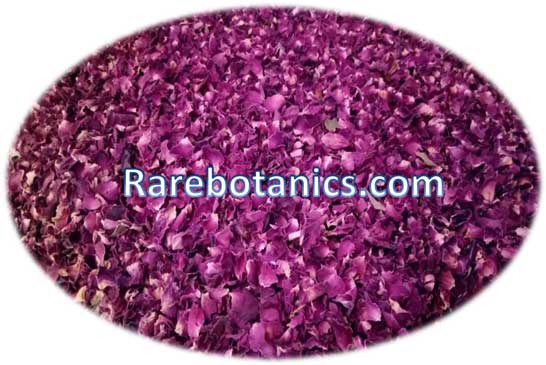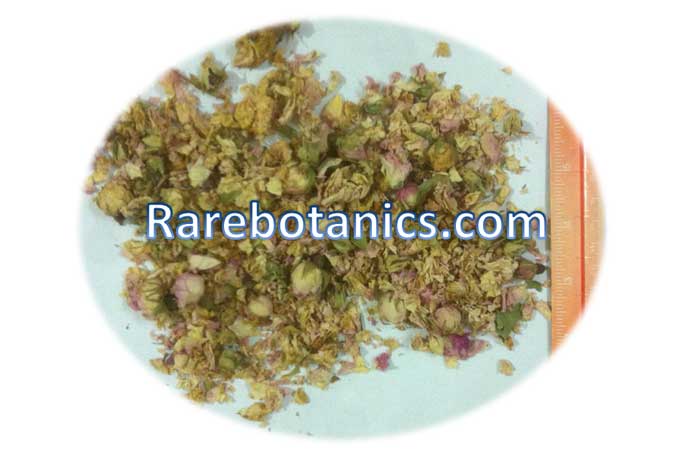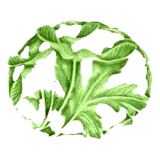Dry Red Rose Petals & Dried Red Roses
Description
Dry red rose petals are used as herbal tea, potpourri and in cosmetics etc. Red rose is well-known as the king or queen of flowers. It is locally or commonly known as Gulab or Gul-e-surkh. As, it is a symbol of love and beauty, therefore, they are widely use in decoration of welcome parties, wedding ceremonies and religious events. They are widely scatter in various regions of world. It is a woody and thorny shrub that has hundreds of species and over 2000 cultivars around the world. Numerous species of roses are native to Asia while other species of roses originates from Africa, North America and Europe.
Rose is the most common plant throughout the world and present in almost every garden to enhance the beauty of the garden. The plant reaches a height up to 6 meters. Their flowers are beautiful, showy, fragrant and vary greatly in size, shape and colour. It is present in numerous colours including, red, pink or white. It bears red, pulpy and ovoid fruits.
Red Roses cultivation in Pakistan
Red roses are widely cultivated in Pakistan mostly for ornamental purposes such as decorating of rooms and houses etc. However, the major producers of roses in Pakistan are the provinces of Sindh, Baluchistan and KPK. In Pakistan, the hybrids roses are mostly grow which are more potent and attractive. Therefore, the demand for hybrid roses are high. The rose crop is greatly cultivated at commercial level for different purposes such as product manufacturing and medicinal purposes.
Important Species and Hybrids of Roses
- Hybrid perpetual ( Off-springs of Rosa chinensis, R. gallica and R. centifolia)
- Grnadifloras (Hybrid Teas x Floribundas)
- Polyanthas ( Ancestry of crosses of R. multiflora, R. wichuriana and R. chinensis) in 1875
- China roses (Rosa chinensis)
- Damask rose (Rosa damascena)
- Indian rose (Rosa indica)
- Bourbon rose (Rosa bourboniana)
- Cabbage rose (Rosa centifolia)
- French rose (Rosa gallica)
- Musk rose (Rosa moschata)
- Rugosas (Rosa rugosa)
- Australian briars (Rosa foetida/ lutea)
- Moss roses (modified bristles looking like moss)
- Ramblers (Rosa wichuriana, R. multiflora)
- Noisette roses (Rosa chinensis x R. moschata)
Propagation of Roses
Roses can propagates through many methods such as cuttings, layering, grafting and seeds. The best propagation is through seeds as it results in variation while the other methods of propagation are practice as well. However, the most common method is cutting and layering.
Products of Roses
The most popular products of roses which have commercial importance are Rooh Afzah, Rose flavored ice-creams and kulfi. It is extensively use in food and cosmetic industries for example, jams, rose water, rose oil, perfumery and cosmetics. Roses has gain importance and attention short after the World War II and therefore, industries adopt new technologies for the cultivation of roses. Globally, it is a popular trade of flower in local and international markets.
- Rose Oil from Roses
The oil which is obtain from roses is use in the manufacturing of many products such as, perfumes, body lotion, creams, soaps, room refreshers and odorizers. This oil is mostly obtain by few rose species such as Rosa damascena and Rosa centifolia which produces oil in good quantity. It also helps in the treatment of insomnia and controls blood pressure. Creams that contain rose oil will surely heal dry and inflamed skin.
- Rose water from Roses
The rose water obtain from roses has numerous uses. As, it is use as an eye wash, relief from stress, antiseptic and for skin care. This rose water have many medicinal properties because it is rich in vitamins namely, vitamin A, C, D, E and B₃. It is also use for skin beauty from ancient times. The rose water maintain skin pH and control extra oil production on face. Moreover, this water promotes hair growth and shinning of hairs. It is also mixes in several recipes for flavouring.
- Rose Tea
The rose tea is prepare by brewing petals and leaves of plant. This tea is use to cure common cold, fever, acidity, burning sensation and toxins from the body. It is also use to relieve cough, chest & bronchial congestion and mental stress. It proves to stop the running nose, reduce the dryness of oral cavity and effective in heeling of the sore throat.
Medicinal Uses of Roses
- Treatment of Acne: The Rose paste is mix with fuller’s earth and rose water and apply on skin to reduce acne.
- Onychomycosis: The paste of Rose flowers are use externally for curing onychomycosis.
- Measles: The petals of flower are rub against the affected area for the treatment of measles.
- Heal Wounds: The rose paste is apply to skin for healing wounds and injuries as it induces cooling effect.
- Control Sweating: The rose essence is apply on body to control excessive sweating and give a pleasant smell.
- Treat Gastritis Ulcer: The rose petals dry paste is take up to 5g along with milk to treat gastritis ulcer.
- Treat Diarrhea: The rose petals are also use to treat diarrhea and relief colic.
Phytochemical constituents of Roses
The rose petals contain essential oils including, citronell, nerol, geraniol, and phenylethanol. Moreover, the flower hips also contains lycopene, β- and γ-carotene, rubixanthine and xanthophylls.






Reviews
There are no reviews yet.